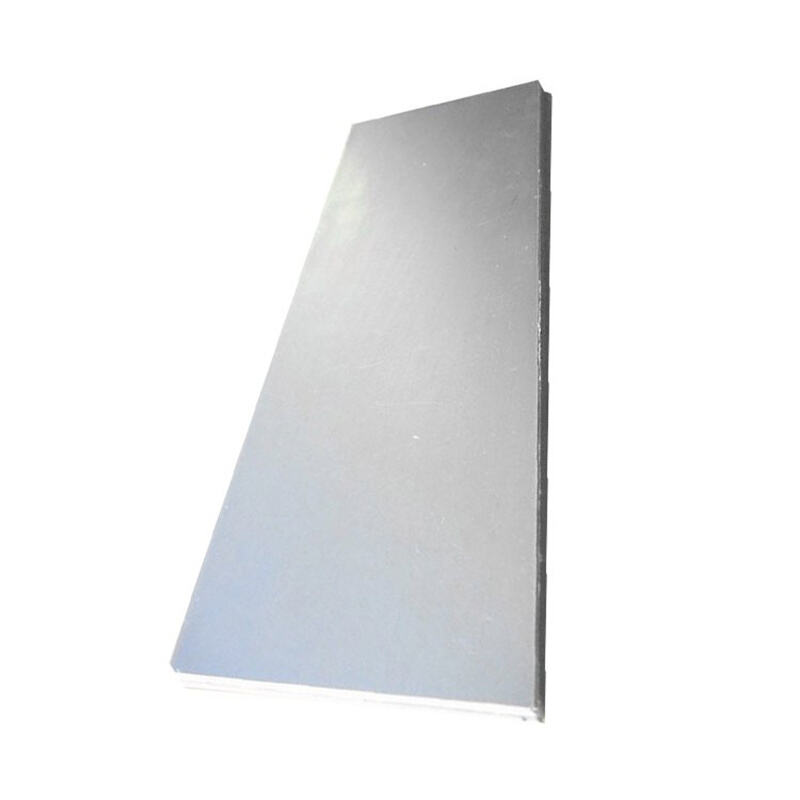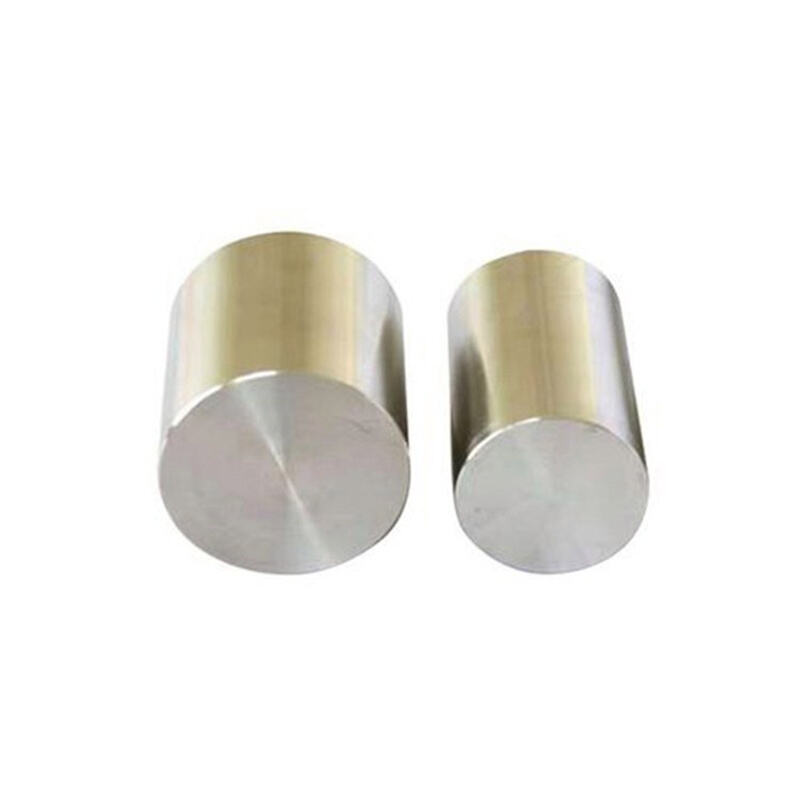Different metal elements have different properties and different uses. Among common metal classifications, high-purity metals and alloy metals are the most well-known metal classifications. Today we will introduce the differences, advantages and disadvantages between the two.
High-purity metal - usually a purified state of metal, consisting of only one element. High-purity metal has excellent purity and uniformity. It will be more stable after impurities are removed. Its physical and chemical properties are usually very stable. High-purity metals are used in applications that require very high purity, such as the electronics industry, optical materials, semiconductor manufacturing, etc. High-purity metals generally have better processing properties and can be processed and manufactured with precision. The elemental properties of high-purity metals will become even better due to purification.
The processing methods of high-purity metals are also very different from alloy metals. Because of its low melting point and good thermal conductivity, high-purity metals usually use lower processing temperatures during processing to avoid overheating of the material and the introduction of impurities. And high-purity metals have better processing properties due to their higher purity and uniformity, and are usually easy to process and form complex shapes. And high-purity metal has good cutting performance and is easy to cut and process. The cutting properties of alloy metals depend on their constituent elements and proportions. High-purity metals have higher purity, and their grain growth and phase transformation behavior during heat treatment may be simpler and controllable.
Alloy metals may have higher melting points and different thermal conductivities due to their different constituent elements, so higher processing temperatures may be required during processing. The difficulty of working with gold metal may vary depending on its constituent elements and proportions. Certain alloy metals may have higher hardness or corrosion resistance and may require special processing techniques and tools to process them. Alloy metals may have an impact on tool wear and cutting performance due to their hardness, toughness or other properties, which may require the selection of appropriate cutting parameters and tools for processing. Due to their complex composition and interactions, alloy metals may require more complex heat treatment processes to adjust their structure and properties.
In general, high-purity metals are suitable for most applications due to their stability and ease of processing, as well as better processing performance and controllability. Alloy metals have specific performance attributes due to their composition of different elemental properties, and require higher processing methods and levels.

